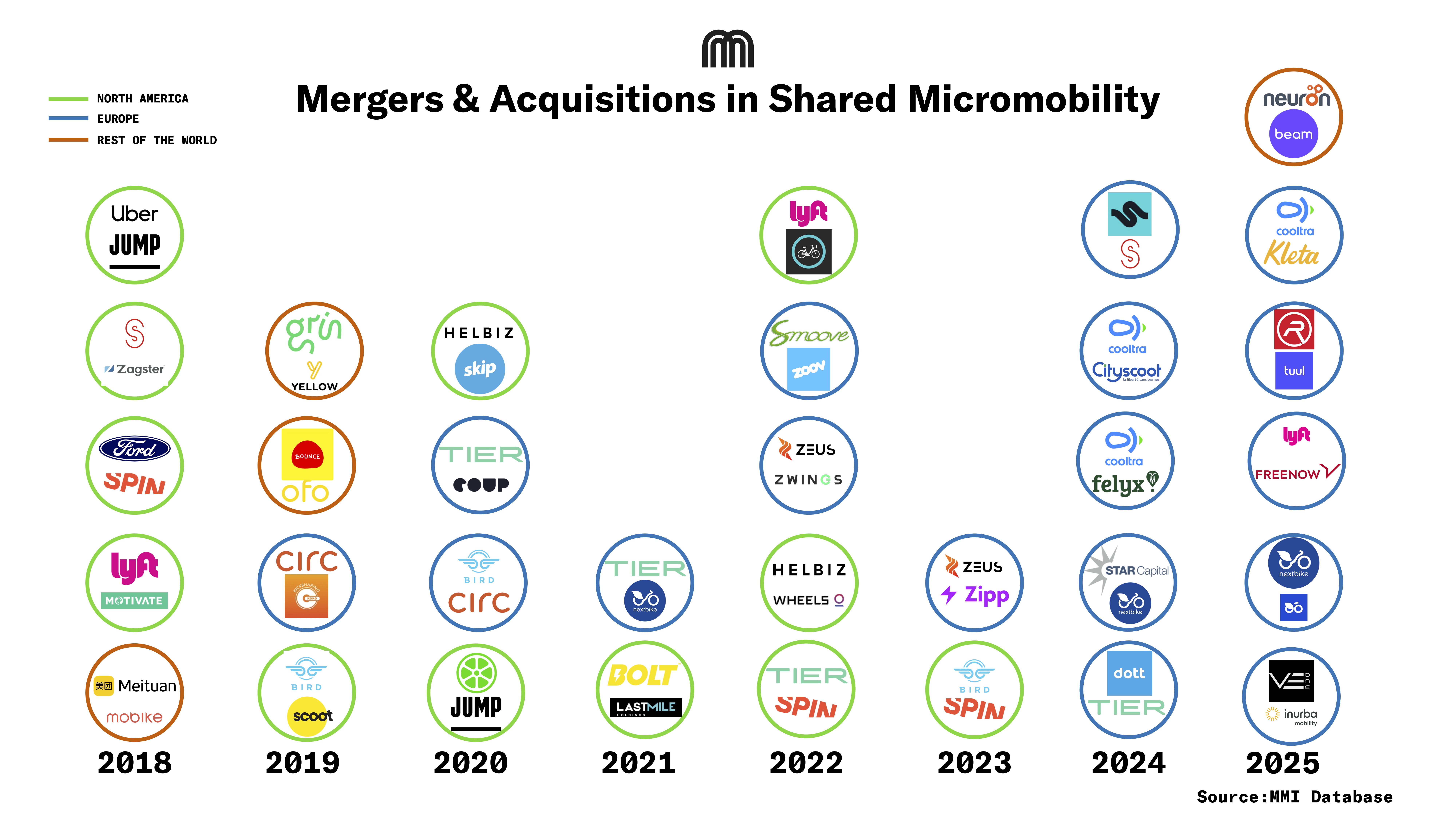Can you explain the meaning of the term “micromobility?”
Mobility is the freedom to move. Micromobility is the freedom to move in short distances. The distances we can travel have increased with technologies such as automobiles and trains before them. But the need to travel short distances—between walking and driving—remains strong and is indeed increasing, especially in cities. Micromobility is the study of the motorization of these distances.
How will electric mobility change our lives in the next 5 years?
Electric mobility is revolutionary because electric motors and batteries with sufficient energy storage are miniatures compared to what combustion mobility has permitted. Let’s not forget that the internal combustion engine was a miniature compared to the steam engine. This miniaturization permitted automobiles fashioned initially as motorized bicycles, tricycles and quadricycles. Making drive units small allows the entire vehicle to be more “conformable” to the environment—the built environment, the human environment, and the natural environment.
And what are your ideas to achieve that?
The casual observer might notice that the early markets for electric automobiles seem to be developed around the same size, or even larger, vehicles than what we see with combustion. But this is an artifact of the early stage of development of electric cars. The regulations and costs imply a need to serve the high-end of the market. But if you look at non-car mobility there is an explosion of electric motorization. In Germany alone, over 1 million eBikes were sold in 2018 and the market is growing at more than 20%. The number of small “e-motor” machines sold is far greater than electric cars. One reason is cost but another is that demand for short trips can be well served with small e-machines and there is no personal transport alternative in urban environments. Small machines are easier to park and navigate and they are healthy. In addition, what we are seeing are on-demand services for small e-machines which makes it easier for users to try and use instead of buy.
What role will electric mobility have in the future?
Electric mobility is likely to displace combustion mobility for the vast majority of trips taken. Especially short trips and especially short trips in cities. I expect cities will increasingly exclude large vehicles from centers which will open the demand even more for micromobility. For medium-distance ex-urban trips, electric cars will still be very popular, and for very long trips perhaps as well.
What are the most important trends in the automotive sector that nobody is talking about yet?
One thing I say is if you want to study cars, study roads. I also say that if you want to know the future of the car, study the future of parking. Road infrastructure and parking are enabling technologies and businesses that target the transformation of these systems will be very valuable indeed. In particular I would be looking at parking solutions, re-purposing and monetization. By my estimate the value of parking-as-land in the US is over $50 Trillion (30% of Urban real estate.)
How will mobility technologies and concepts (such as shared cars, electric cars, and self-driving cars) merge in the future and what will the outcome be?
I don’t think they will merge anytime soon. They are in many ways at odds with each other and they are developing on very different schedules. Shared (on-demand) cars must be relatively cheap, have long duty cycles, last a long time. Electric cars are expensive, have short duty cycles, and must have replaceable batteries to work as fleet vehicles. Self-driving cars currently need a lot of power for computation, are not fully self-driving, and can’t easily use electric drive. Their domain restrictions make them more useful as “safer driver assistance” rather than “robot taxis”. The dynamics of these technologies will take a long time to work out and coordinate. Electric drive might see rapid adoption in next 10 years but as a percent of total, on-demand trips will not expand as quickly. Also self-driving will take many years to reach mainstream users.
How will this innovation affect cities, work, and our lives in general?
Cities will see a reduction in congestion, pollution but will also be affected by changes in parking and road space allocation.
When will mobility move from monolithic all-in-one owned cars into ever-smaller on-demand vehicles? And what needs to be done for this to happen?
Rather than measure vehicles or units I recommend measuring distances and trips. The conversion of short trips to micro vehicles and the creation of new demand around micro vehicles is extraordinarily rapid. Over 100 million trips switched to on-demand micromobility within one year. Some of that is due to capital flowing in very quickly but there is clear demand. It seems that a significant share of trips can be converted in urban cores, especially in Europe within 5 years.

.svg)
%2Bcopy.jpeg)


.svg)












